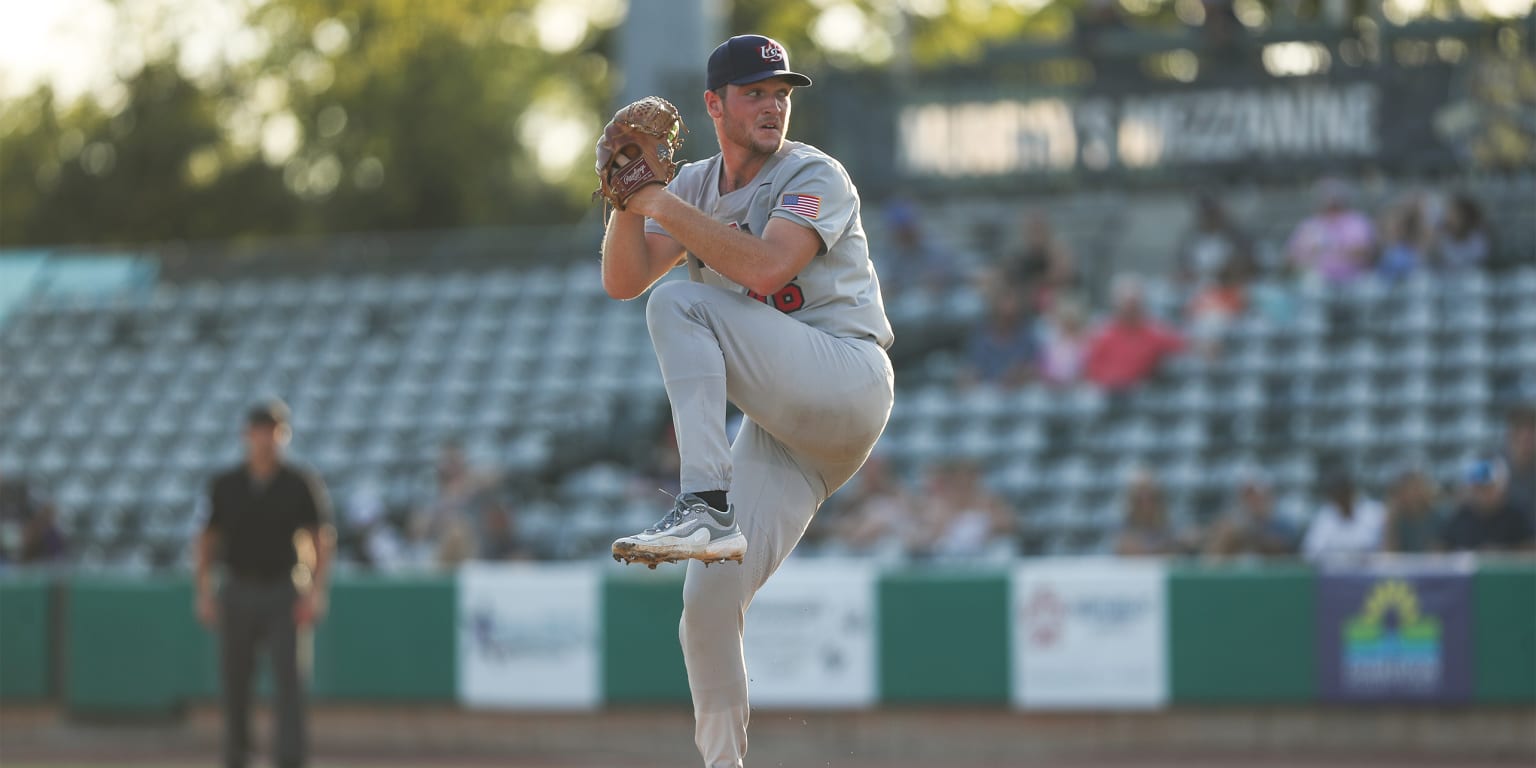Fitness
Six ways for active people to manage pain

Many active runners find themselves managing recurring injuries, while the risk of injury is often heightened for those just starting out.PeopleImages/iStockPhoto / Getty Images
I’m a year-round runner, but my family and closest friends know the full story: I’m injured half the time. My legs harbour the evidence of not only a decade of competitive running, but a flat left arch, phantom pains that dance around my quadriceps and constantly inflamed tendons.
Over the years, I’ve absorbed the full gamut of pain-relief advice: all the way from just suck it up (my coach), to what if you took up chess instead (my family doctor). Running’s sinister side is that it carries a high risk of injury. The number of new runners who have proclaimed to me their interest in accessible pain-relief supplements and therapies renewed my curiosity about how they work, and whether they are at all useful. So, I spoke with three pain and injury experts to learn more about six common forms of therapy to find out when, how and for whom they could be effective.
Cold and hot therapy
Icing and heating an injury is one of the oldest injury modalities on this list, but trendy wellness establishments promoting cold plunges and saunas have helped this therapy gain new steam. The mental benefits of cold plunging are hotly contested, but the physical benefits of both hot and cold therapy are not up for debate. The key is to time the methods properly, says Anthony Grande, a physiotherapist in Toronto.
He said cold therapy will help contain inflammation and should be applied to a new injury that causes swelling, such as a sprained ankle, immediately and intermittently throughout the first 48 hours. People should avoid heat during that time period, which could increase swelling and slow down healing. Grande recommends alternating hot and cold therapies after those first two days or when the swelling has gone down. The heat enhances blood and nutrient flow to the injured area. If the pain lingers for more than a few weeks, Grande recommends heat therapy alone: It relaxes the area, soothes the muscles, promotes blood flow and reduces pain.
Movement therapy
Exercise itself has long been seen as a way to remediate musculo-skeletal pain. In healthy people, even a single bout of resistance training or aerobic exercise has shown to temporarily improve pain tolerance. Whether or not that phenomenon – called exercise-induced hypoalgesia – manifests in people with chronic pain, however, is debatable. Grande thinks there is value in moving through one’s injury instead of waiting it out on the couch. “As adults we tend to baby our injuries,” he said, “and by babying them, the rest of our body stiffens up and then you have another area that hurts. Keeping things moving is important.”
Yet this does not mean ignoring or pushing through pain. If you hurt your knee, he said, you can’t just run on it hard: You have to move it intelligently, for example resorting to running on an anti-gravity treadmill (if you have access to one), or in a pool with a floatation belt to promote movement without the pounding.
Eugene Maida, a physiatrist and interventional pain physician in Hamilton, adds: “The new dogma in society is ‘don’t push people’ and it’s highly debated because not re-engaging patients and not breaking that pain cycle is significantly detrimental.” Maida said that the longer it takes to reintegrate patients to their ideal quality of life, whether that is playing a sport or working a job, the more difficult it becomes to overcome the pain and avoid long-term physical and even psychological damage.
That being said, this approach should be considered on a case by case basis, and only after consulting with a professional such as a physiotherapist, because some injuries respond best to rest.
Magic sprays
Soccer fans might have noticed players hobbling to the sidelines in pain having their legs sprayed with the contents of an aerosol can, and then immediately running back onto the pitch with a spring in their step. The scenes look so bizarre that the mysterious cans became known to simply contain “magic spray.”
It turns out, the spray contains counterirritants: chemical compounds such as ethyl chloride or methyl salicylate that provide a heating and cooling sensation and temporarily desensitize pain receptors. Maida said these compounds are typically available as over-the-counter sprays and creams such as Icy Hot, Cramer Cold Spray and Rub A535, and are more effective in treating topical pain at the body’s extremities than deep hip or back problems.
Some natural oils and herbs, such as menthol and capsaicin (a compound in chilies that makes them taste spicy), have similar pain-numbing properties and are used in common creams such as Bengay and Tiger Balm. Whether naturally occurring or chemical, David Woznica, a regenerative medicine doctor who administers prolotherapy in West Palm Beach, Fla., said these counterirritants should be thought of as temporary Band-Aid solutions because they do not correct the underlying damage.
“They can help the body feel good in the short term and can be a part of a larger healing plan.”
CBD oil/cannabis
Some researchers agree that CBD, a non-psychoactive compound found in cannabis, shows promise as a pain-relief agent. Early animal studies show that CBD cream could reduce pain and inflammation due to arthritis, inhibit neuropathic pain and even be helpful to fibromyalgia patients.
The compound interacts with the endocannabinoid system, which is involved in regulating metabolism, appetite, mood and pain perception. But there is a dearth of human studies around it, and we know little about how well it actually works.
As a result, Maida said, we still are not sure which type of pain (osteoarthritis, musculo-skeletal or neuropathic) CBD might treat best, or how absorption differs between oils, creams and smoking. “There is so much marketing around CBD being the magic pill that fixes pain, but also anxiety and sleep, and yet we have little more than anecdotal stories about how it might act on the body.”
NSAIDS: Advil/Aleve/Voltaren
Non-steroid anti-inflammatory drugs such as Advil and Aleve prevent the creation of prostaglandins, chemicals that cause pain and inflammation. Grande encourages his patients to be judicious when using medications.
“You can really benefit after an activity to take an NSAID to get on top of inflammation following injury, but don’t make it a habit,” he said. It is important to be aware of side effects such as stomach issues and that ingesting Advil or Aleve chronically could mask pain signals and lead people to ignore the underlying problem.
Maida said an alternative that might better shield people from side effects is the NSAID-based topical cream Voltaren, but it might have to be applied three times a day to feel its effects.
Prolotherapy
Proliferation therapy (or prolotherapy) is an umbrella term for a number of injection treatments that purport to relieve pain. Two common ones are dextrose prolotherapy: an injection of sugar and water to an injured site to promote initial inflammation and accelerate healing; and platelet-rich plasma (PRP) therapy, which uses a person’s own blood plasma.
Woznica said patients see him for injuries to the menisci, tendons and ligaments, body areas that receive minimal blood supply. The injections are popular for athletes but also people who want to abstain from taking strong painkillers or avoid surgery.
In general, prolotherapy is less invasive and requires less recovery time than going under the knife. Dextrose prolotherapy takes on average four days, whereas PRP therapy takes approximately two weeks. A 2021 study showed that dextrose prolotherapy is more effective in the treatment of chronic pain than saline injections or exercise and has a significantly beneficial effect for patients with chronic musculoskeletal pain.
While prolotherapy is available at several clinics across Canada, it is typically not covered by insurance. Findings on its effectiveness are also mixed: Three studies published in JAMA in 2021 concluded participants treated with PRP fared no better than people who received a placebo treatment.


)






